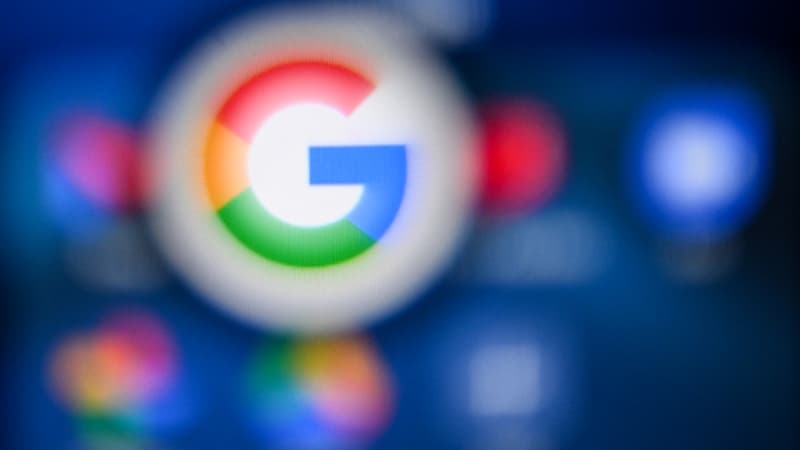Google launched its conversational robot Bard, a competitor of ChatGPT, in public access on Tuesday, with the supposed objective of improving the quality of its responses thanks to the increase in exchanges with users.
The Alphabet group subsidiary had catastrophically announced, at the beginning of February, the creation of Bard, overwhelmed by the arrival in November of ChatGPT, developed by the start-up OpenAI in collaboration with Microsoft.
Its use was initially limited to “trusted fitting rooms”, before opening on Tuesday to the general public. However, the number of connections has been restricted and a waiting list has been established to manage the demand. Access is currently only possible from the United States and the United Kingdom.
technology to improve
The interface is a website, separate from the Google search engine, with a space in which the user can type a question. “We’ve learned a lot testing Bard, and the next big step in making it better is getting feedback from more people,” Google vice presidents Sissie Hsiao and Eli Collins wrote in a post on a group site.
By receiving data and written conversations, the LLM algorithm can more accurately determine the relevant answer to a question. Bard relies on LaMDA, a language model designed by Google to generate chatbots, of which the Mountain View (California) group presented the first version in 2021.
moderation is expected
The two Google executives acknowledge that LLMs “aren’t perfect” and can “safely provide inaccurate, misleading or false information.” Google indicates that it has implemented “safeguards” to contain the possibilities of inaccurate or inappropriate responses, in particular limiting the length of exchanges in a dialogue between Bard and a user.
In an interview in New York TimesSissie Hsiao and Eli Collins said Google has yet to determine a business model and monetization strategy for Bard.
Source: BFM TV


